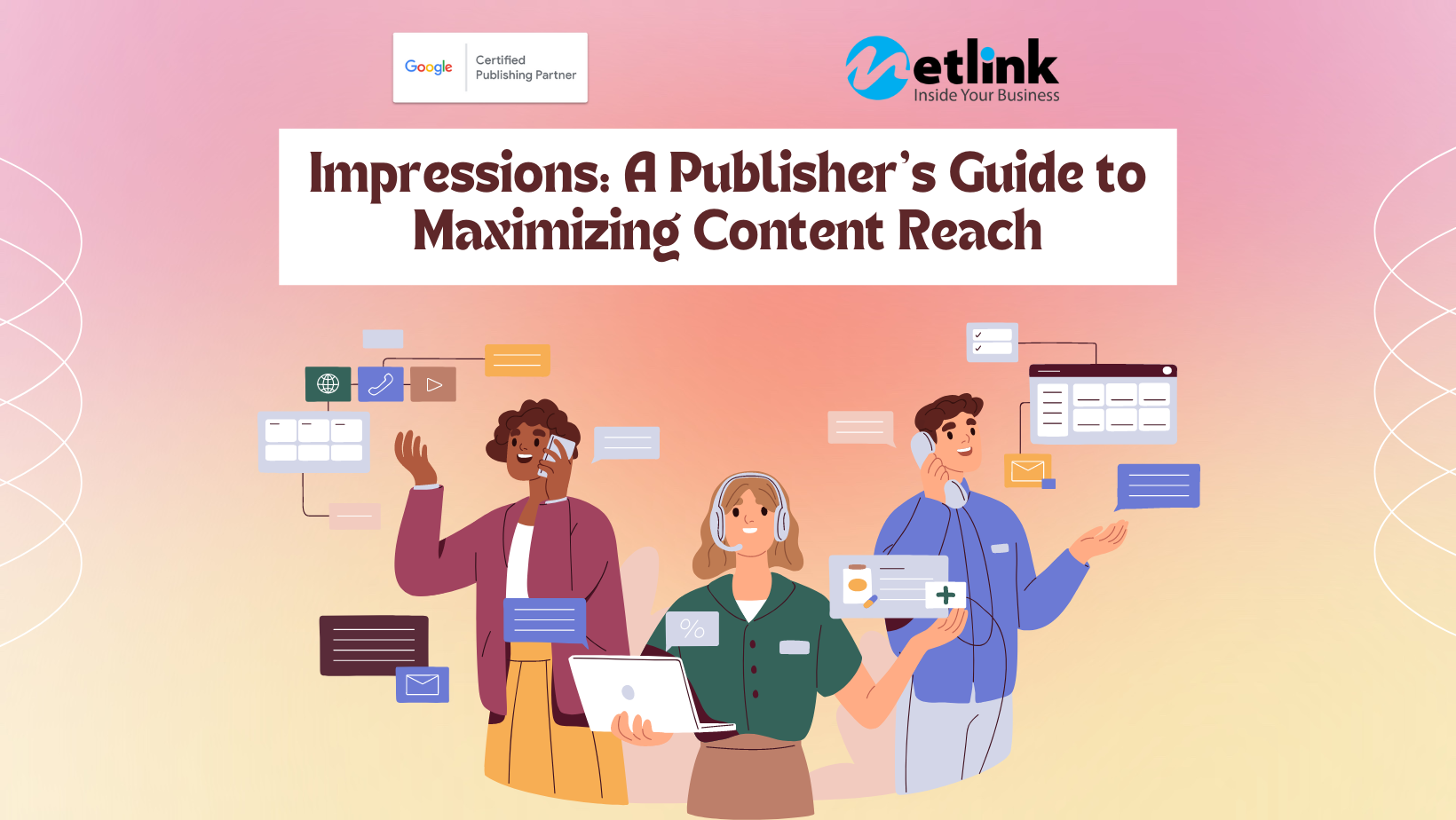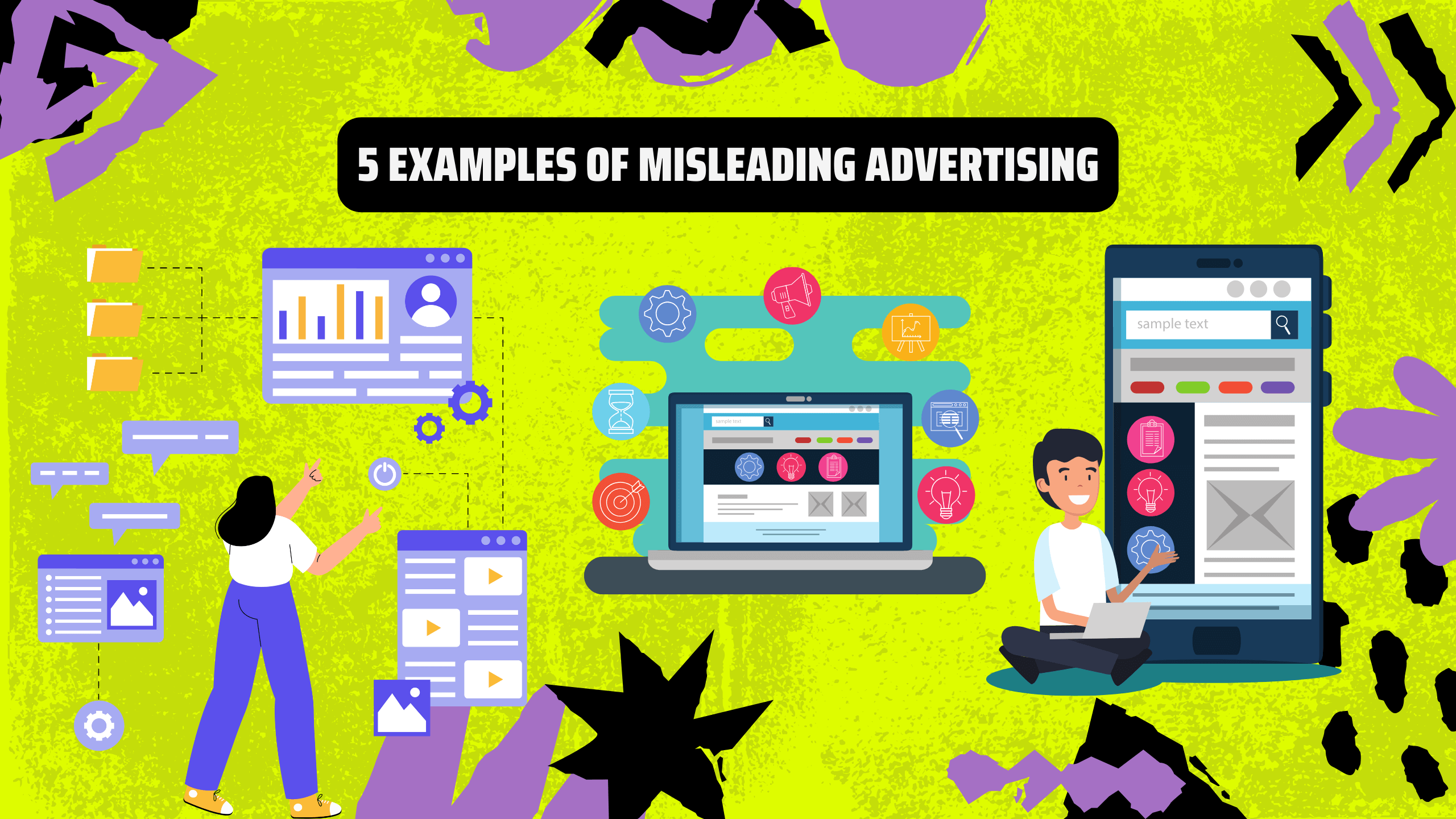As publishers, we strive to create captivating content that reaches our target audience effectively. In the realm of digital advertising, understanding key metrics is crucial for optimizing content performance. One such metric that holds great significance is impressions. In this comprehensive guide, we will delve into the world of impressions, demystify its importance, and unveil strategies to maximize content reach. Get ready to empower your publishing journey with insights that elevate your content’s visibility and drive audience engagement to new heights!
I. Unraveling Impressions:
Impressions serve as a foundational metric in the digital advertising landscape. They represent the number of times an ad or content is displayed on a web page, app, or social media platform. Understanding impressions is essential for publishers to measure their content’s visibility and gauge its potential reach.
II. The Significance of Impressions in Content Reach:
1. Visibility and Brand Exposure:
Impressions are a powerful indicator of content visibility. Higher impression counts indicate that your content is being exposed to a larger audience, increasing brand recognition and exposure.

2. Measuring Content Reach:
By tracking impressions, publishers can assess the effectiveness of their content distribution. It helps gauge how many users have come across the content, providing insights into reach and potential engagement.
3. Audience Targeting and Segmentation:
Impressions allow publishers to refine their audience targeting and segmentation strategies. Analyzing impression data aids in identifying which audience segments respond best to the content.
III. Calculating Impressions and Key Factors Influencing Impressions:
1. Impression Calculation:
Impressions are calculated based on the number of times an ad or content is loaded or displayed to users. Publishers can obtain impression data through ad servers or analytics platforms.
2. Content Distribution Channels:
The channels through which content is distributed significantly impact impression counts. Leveraging multiple channels like websites, social media, and email newsletters can boost impressions.
IV. Best Practices for Maximizing Content Impressions:
1. Optimizing Content Titles and Thumbnails:
Craft compelling titles and eye-catching thumbnails that entice users to engage with your content. An attractive and informative visual representation enhances the likelihood of getting more impressions.
2. Leveraging Social Media Promotion:
Promote your content strategically on various social media platforms. Utilize engaging visuals, schedule posts at optimal times, and collaborate with influencers to amplify impressions.

3. Implementing SEO Strategies:
Adopt SEO best practices to increase organic impressions. Optimize meta tags, headings, and content structure to improve search engine visibility and boost impressions.
V. Understanding Impressions in Advertising:
1. Ad Impressions and Ad Performance:
For publishers incorporating advertisements, tracking ad impressions is crucial in assessing ad performance. Higher ad impressions indicate increased exposure and potential ad effectiveness.
2. Viewability and Ad Placement:
Consider ad viewability and strategic ad placement to maximize impressions. Placing ads in prominent positions on web pages ensures higher visibility to users.
VI. Challenges and Considerations:
Ad Blockers and Ad Fraud: Ad blockers and ad fraud can impact impression counts, affecting the accuracy of data. Publishers should implement measures to address these challenges and ensure accurate impression tracking.
VII. Future Trends and Opportunities:
1. Personalization and Targeting:
As technology advances, personalized content recommendations based on user preferences may lead to more relevant impressions and increased engagement.

2. Interactive Content Formats:
Interactive content formats, such as quizzes and polls, can boost engagement and potentially lead to more shared impressions, creating a ripple effect in content reach.
VIII. Tools and Analytics for Tracking Impressions:
Utilizing Analytics Platforms: Leverage analytics platforms to track impressions and gain valuable insights into content performance. Analytics tools provide data on impression trends and audience behaviour.
IX. Conclusion:
Impressions serve as a fundamental metric for publishers to measure content visibility and potential reach. By understanding the significance of impressions and implementing effective strategies, publishers can elevate their content’s visibility, engage a wider audience, and achieve publishing success. Let impressions be your guiding light as you navigate the dynamic digital landscape and connect with your audience like never before!











